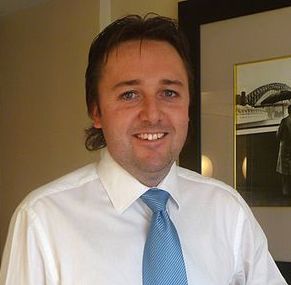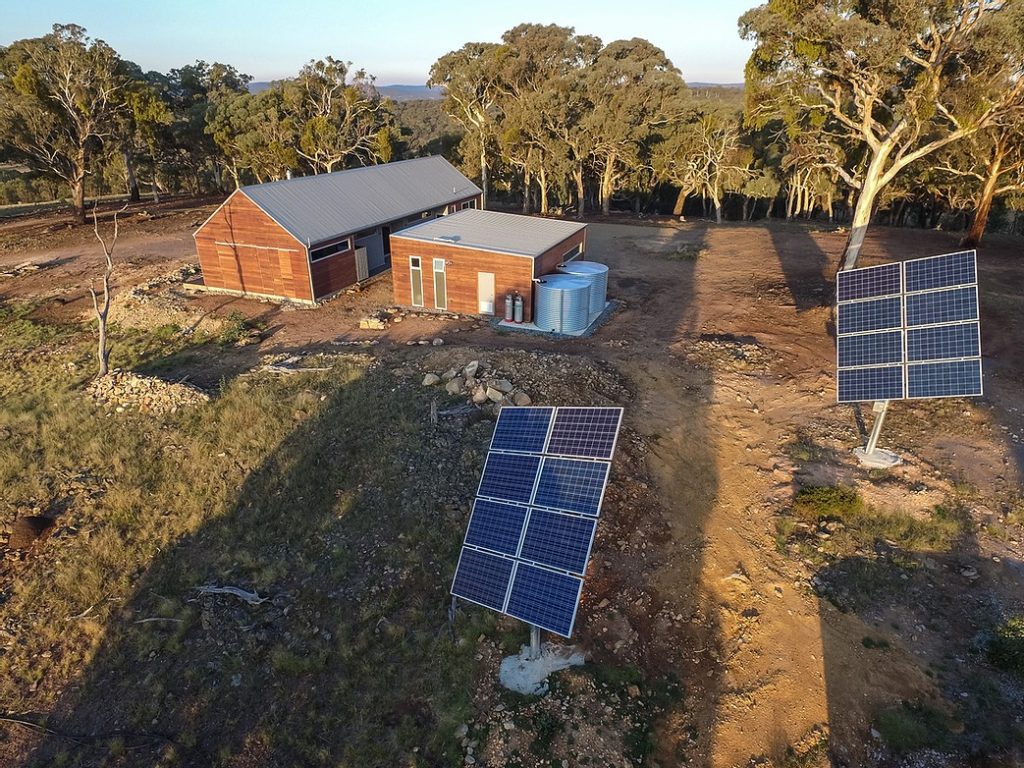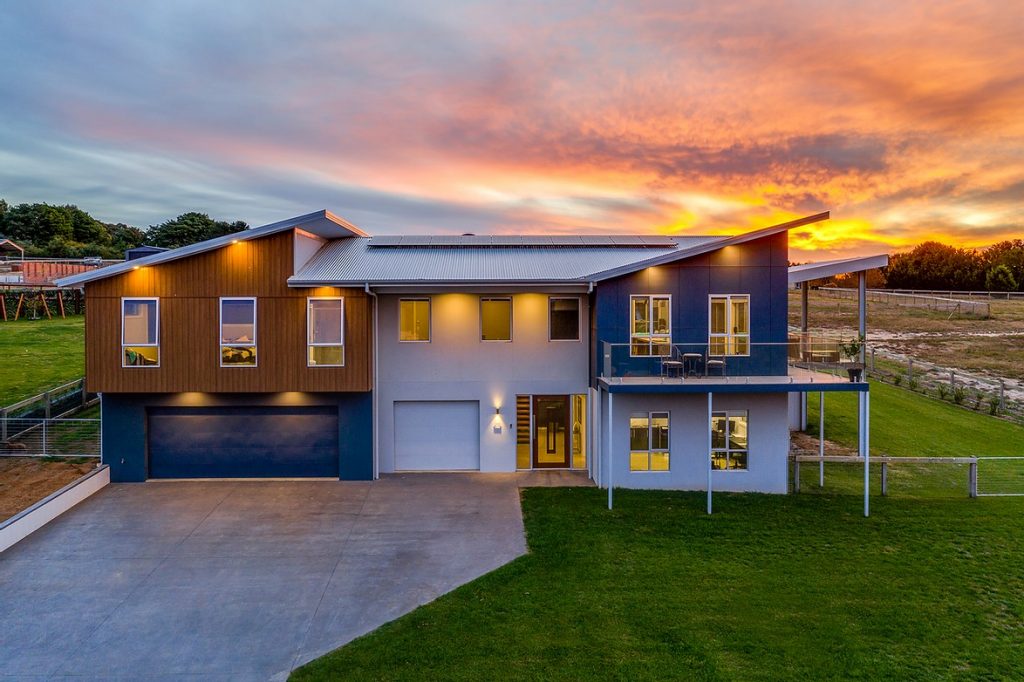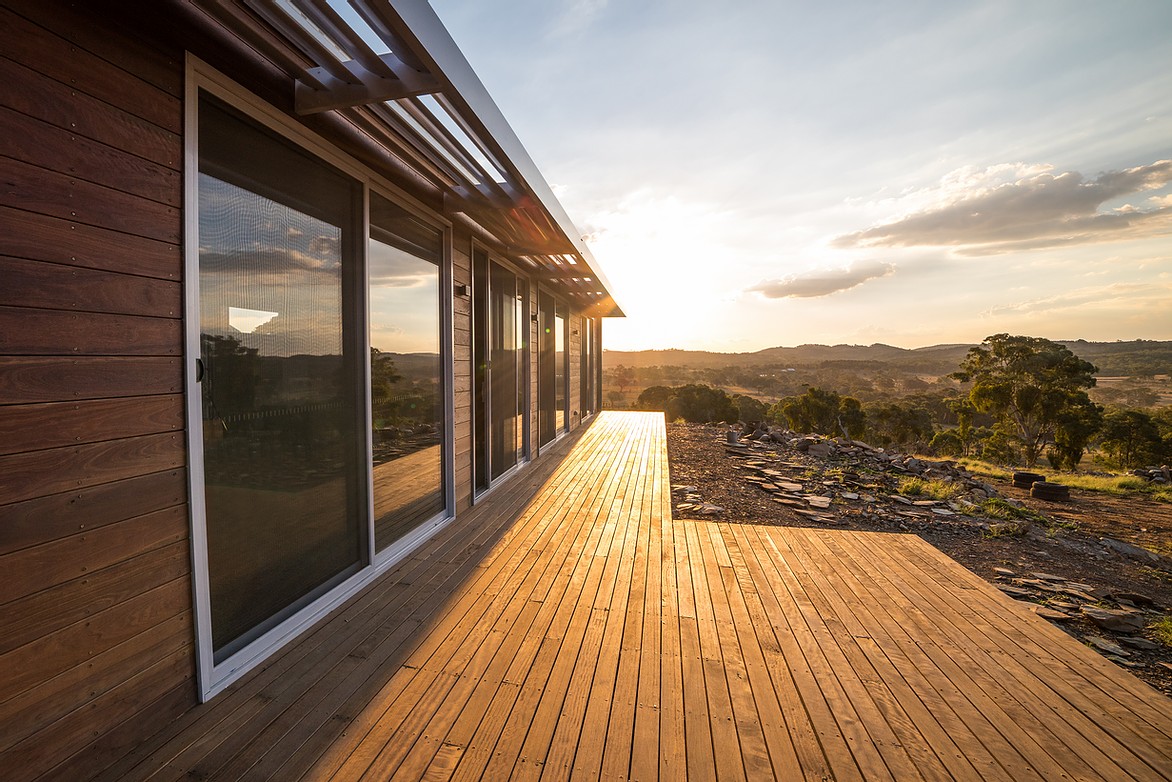Podcast: Play in new window | Download | Embed

The rural town of Goulburn sits between Canberra and Sydney in New South Wales, Australia. With a population of around 24,000, it may not be huge, but its location makes it significant. In 2004 Simon Croker established SC Design Solutions in the Goulburn. During our conversation, Simon shared his inspiration and ideas on how designers can make a significant contribution to sustainability, wherever they’re located.
It seemed like a natural progression for Simon to become a designer. He recalls being on building sites with his father and watching buildings ’emerge’ out of the ground. Later he combined this fascination of building with an interest in drawing and computer design. He worked for a number of local practices before opening his own business in 2004.
Sustainability
Sustainability wasn’t a focal point of his formal training. Simon credits his interest in sustainable design to experiences with some influential thinkers.
In the early 2000s, Simon worked with the late Dr Chris Reardon, who inspired Simon to consider the connection between a building and the environment. Dr Reardon also influenced Simon’s thinking about energy – what it is, where it comes from and how we can harness and use it in our homes.

Holistic Design Approach
SD Design Solutions believe in spending time with clients on site. Each site has its own “constraints and opportunities”, describes Simon, and you can only truly discover these by spending time there. It’s best also to spend time on site with the clients.
From Passive Solar to Passive House
Dr Reardon’s influence combined with growing design trends initially lead Simon towards with passive solar. Then he found Passive House which blew him away. He likes the concepts of passive solar design, but he can see the scientific validity of the Passive House process.
At the time of this interview, SC Design Solutions had a couple of Passive House designs underway. Simone hopes to have his first Passive House project being built soon.
How does a designer in a rural Australian town get to work on Passive House projects? Simon credits self-educated clients as being the instigators of the first couple of Passive House projects for SC Design Solutions. He didn’t have to convince them. They came with interest and knowledge.

Barriers to Passive House
Simon suggested that many people believe there’s nothing wrong with a 5-star NatHERS rated house in Australia. The general public trust that a new building with an energy rating will be efficient and healthy. This overconfidence in NatHERS is one of the barriers to wider adoption of Passive House.
Having more Passive Houses to show potential clients will be critical. “You really need to experience it”, says Simon, otherwise many of the benefits seem intangible.

Tips for Sustainable Design
There are some principles that Simon tries to incorporate into all his designs:
- “Aggressive insulation” – insulation all around the building, and lots of it.
- Airtightness – crucial for Passive House and always a good idea.
- Rainwater harvesting – water is increasingly an issue in most places but the scarcity of water is abundantly obvious in parts of rural Australia.
SC Design Solutions
Through his work, Simon is showing that designers can make difference and be significant wherever they are. From big city firms to country town practices, everyone can play an important role in creating sustainable, healthy buildings for the benefit of everyone.
To see more of Simon’s work and to get in touch, visit the SC Design Solutions website.

Leave a Reply